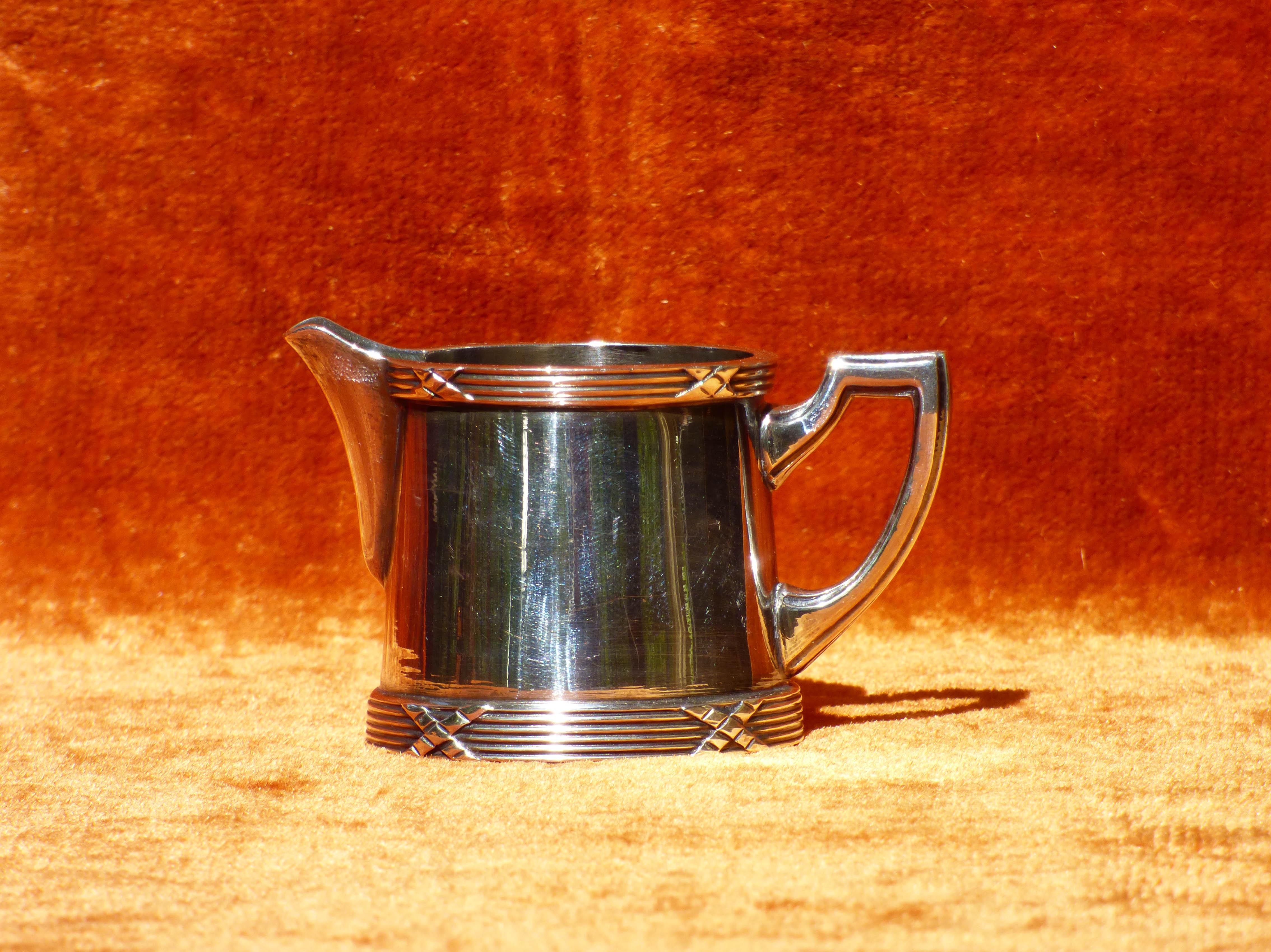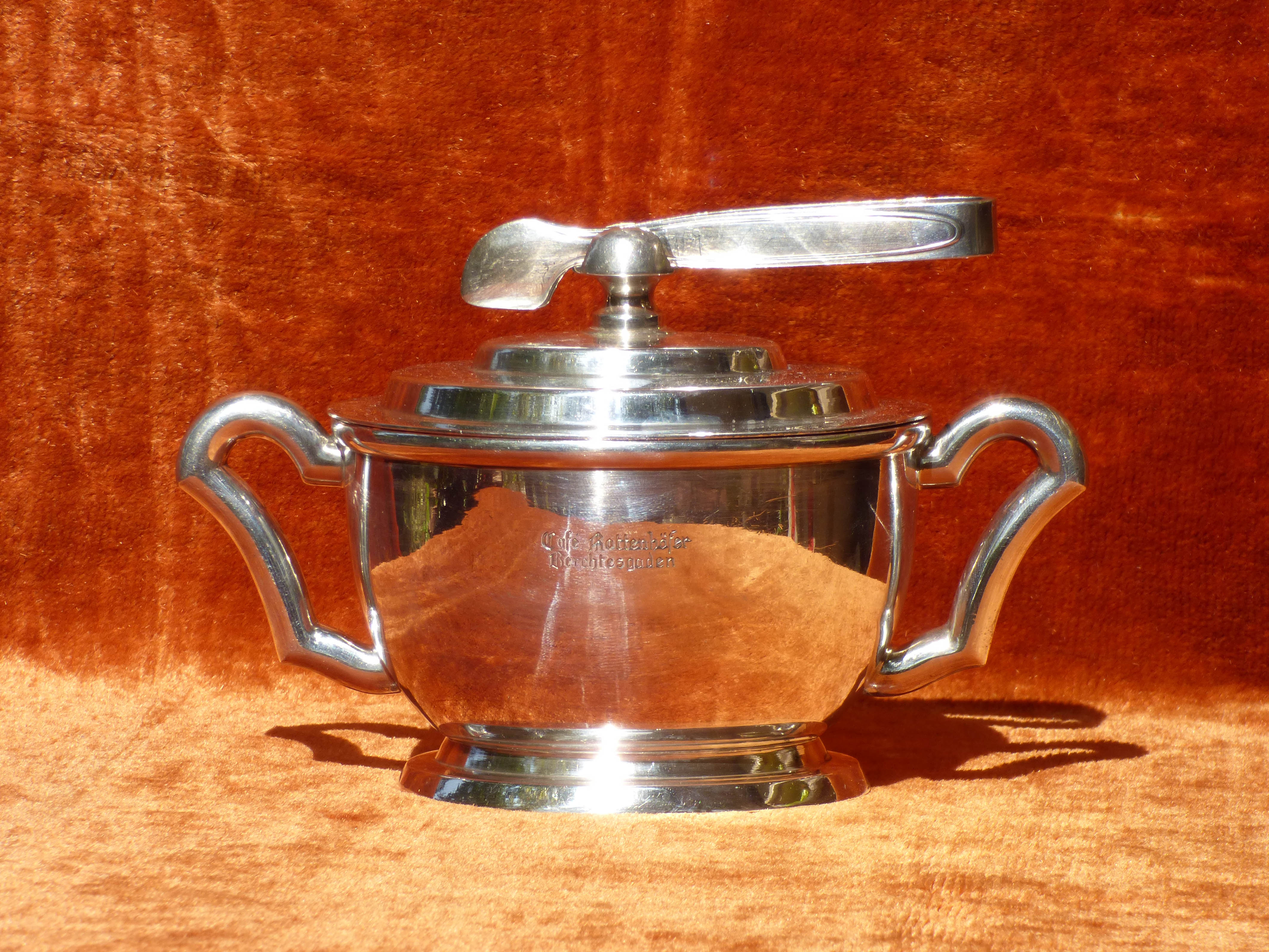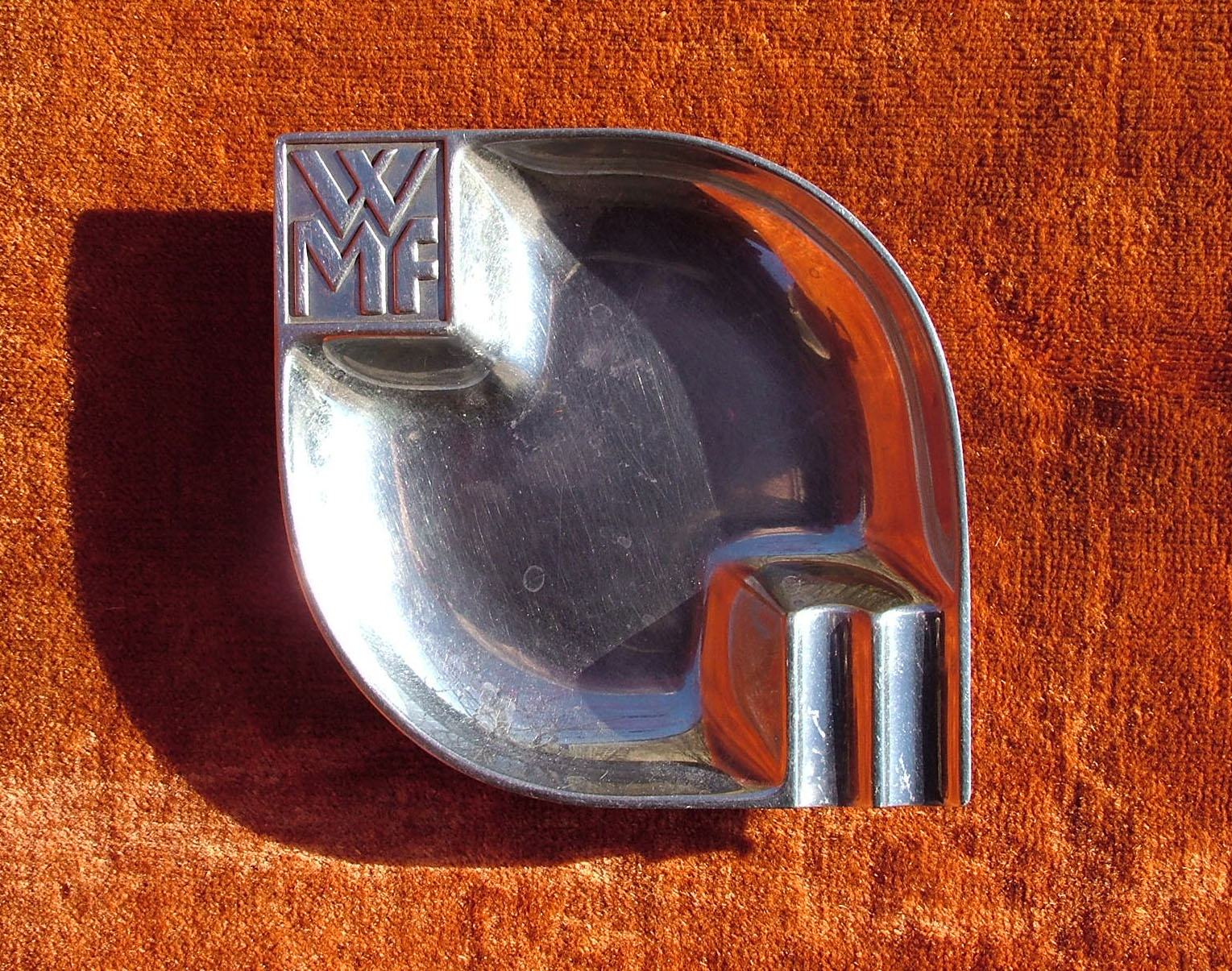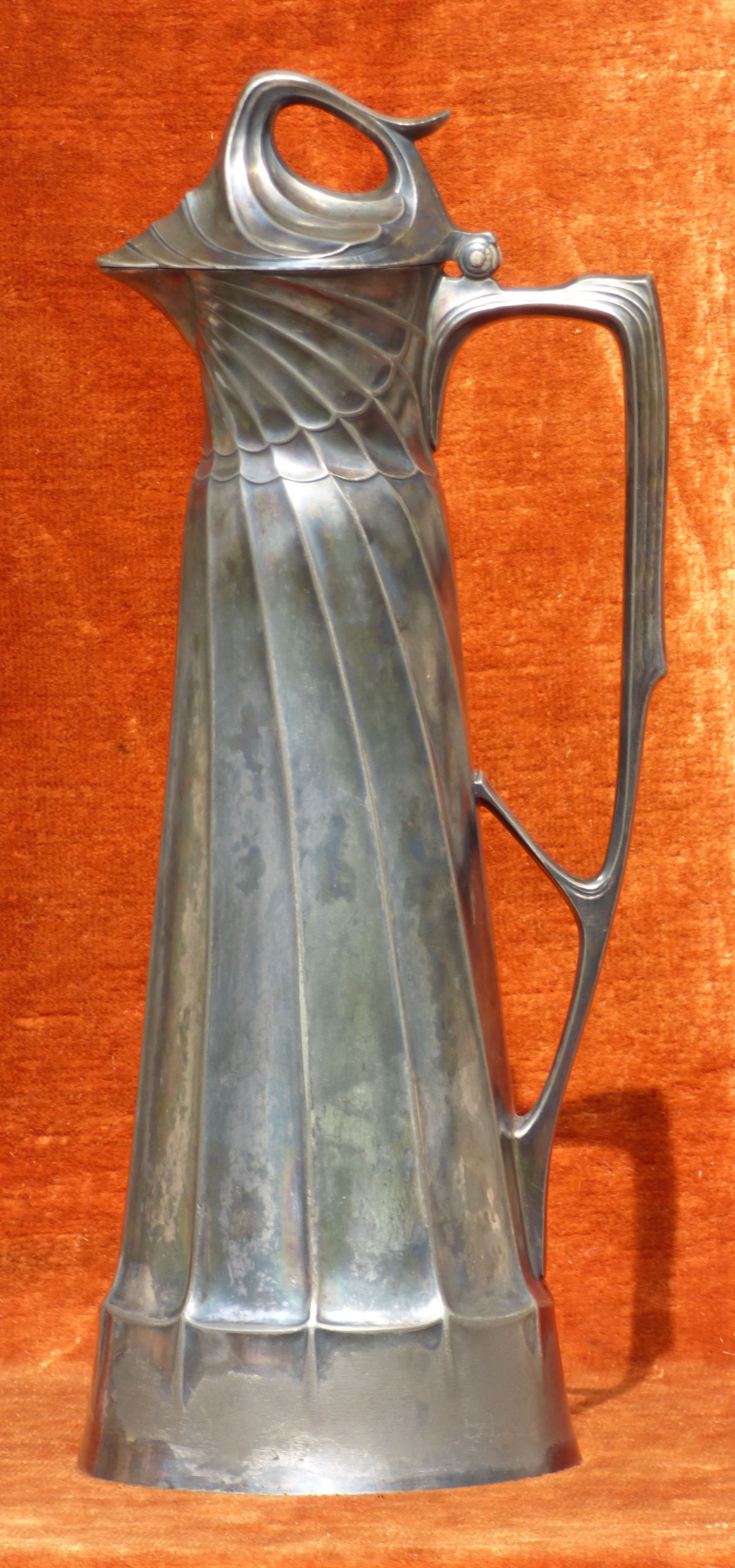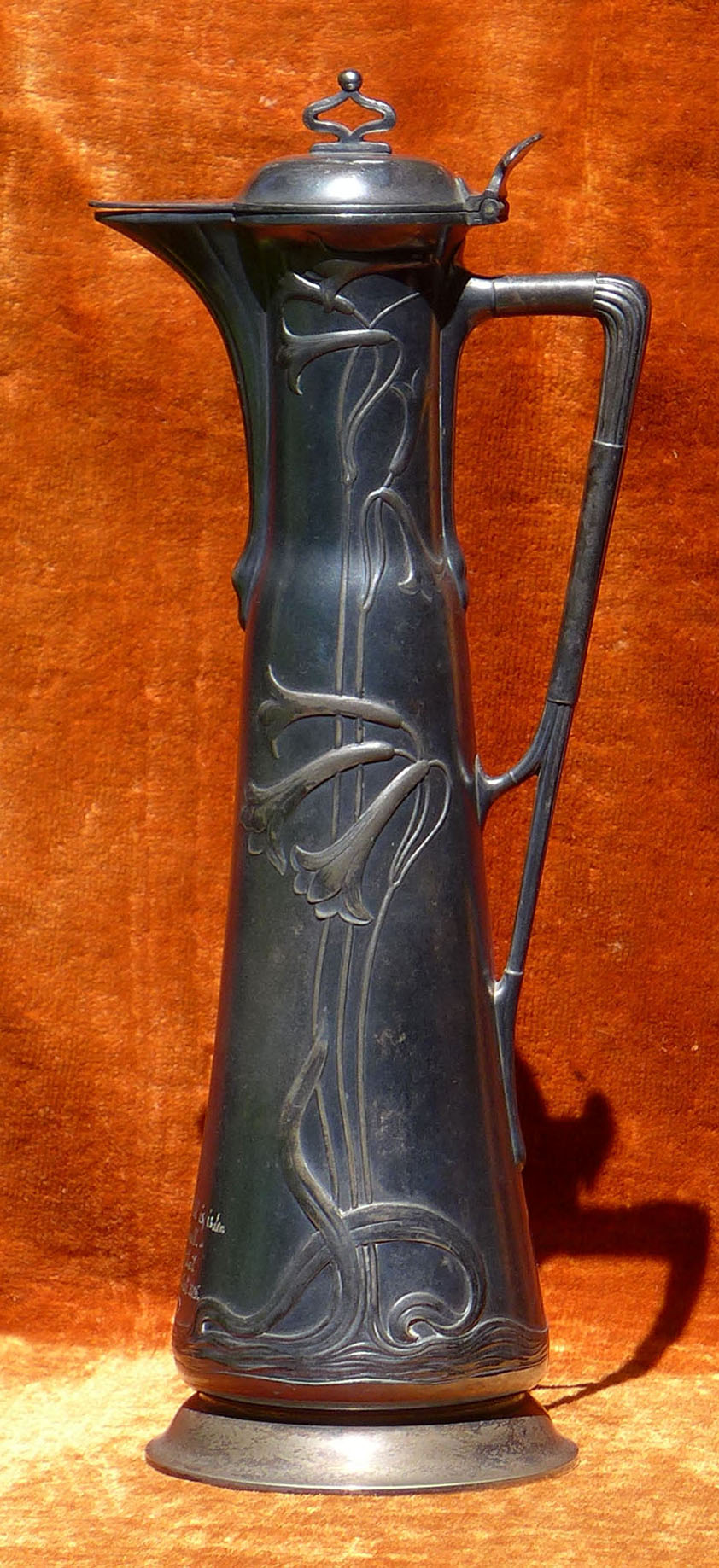|
This book with 517 pages is devoted to the marks of August Wellner factory. Probably, it is
the first full description of all known Wellner marks, set on cutlery, knives (both from
iron and from stainless steel), hollow ware and flatware items, made of Alpacca, Pacfong,
stainless steel and, of course, silver-plated articles. Besides the main factory in Aue,
Saxony (1883 – 1948), the author describes the marks used by three branches: Argenteria
Wellner in Florence, Italy (1926 – 1945), Wellner branch in Schwäbisch Gmünd, West Germany
(c.1950 – c.1970), and Wellner branches in GDR: VVB MEWA, Zwickau (c.1948 – c.1952); VEB v.
WELLNER, AUE (c.1952 – c.1954); VEB ABS or simply ABS, Aue (c.1954 – c.1991). The writing of
the book took 16 months. However, the accumulation of the necessary material took fifteen
years.
|

